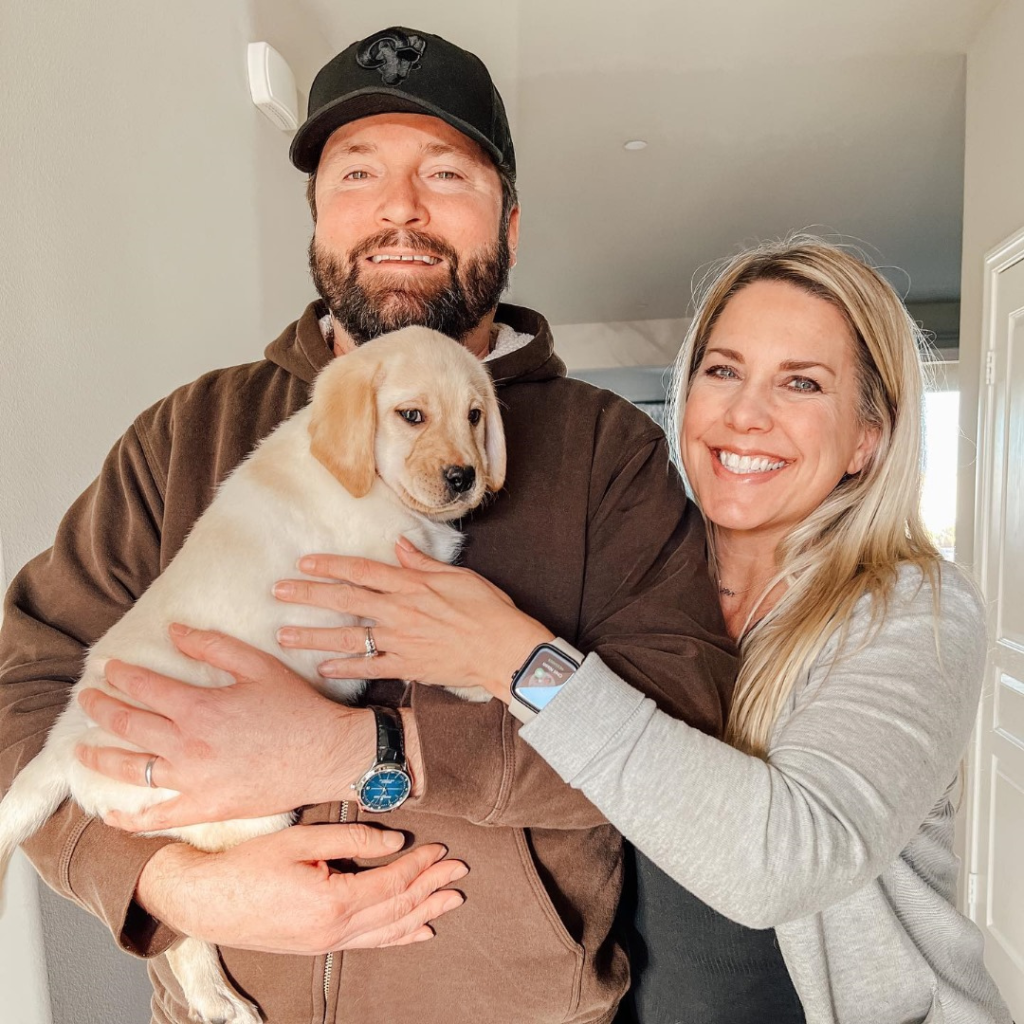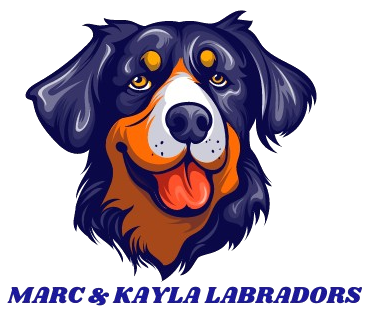Home Visits
To prioritize the well-being of both our puppies and adult Labradors, we have a policy in place that prohibits visits from individuals who are only browsing or still considering getting a puppy. This precautionary measure is aimed at minimizing the risk of disease transmission. By adhering to this policy, we maintain a safe and healthy environment for our animals.
We prioritize the health of our puppies by implementing thorough precautions to prevent any potential exposure to diseases that may be carried on visitors’ shoes or hands. Strict adherence to hand washing protocols is mandatory to mitigate this risk. Diseases can linger on surfaces for extended periods, potentially picked up from various locations frequented by dogs, such as parks, pet stores, rest stops, and parking lots.
While we enjoy meeting new people, we have a strict policy in place: visitors are not permitted inside our puppy room, especially when unvaccinated puppies are present on the premises. This rule is non-negotiable as we are committed to safeguarding against the transmission of diseases.
For puppy pickups:
During visitation, it’s mandatory to wear shoe covers provided by us before entering our home or kennel area. This precautionary measure is essential to maintain a clean environment and prevent any potential transmission of contaminants. We want all our families to feel confident that their puppies receive the utmost care and protection.
We’re delighted to introduce you to the parents of your puppy and our Labrador Retrievers in a designated area or our backyard. This ensures a safe and controlled environment for both our visitors and our dogs.

Also we NEVER allow any other dogs or animals around our kennels. PLEASE leave your other animals at home, as they will not be allowed out of your vehicle.
Puppies, much like newborn babies, are vulnerable to various diseases and illnesses until they have completed all their vaccinations.
One particularly devastating virus is parvovirus (parvo), which poses a significant threat to breeders and dog owners alike. Canine Parvovirus (CPV) is highly contagious and manifests in two forms: intestinal and cardiac. The intestinal form is more common and presents with symptoms such as vomiting, diarrhea (often bloody), weight loss, and loss of appetite. In contrast, the cardiac form affects the heart muscles, primarily in very young puppies, and can be fatal.
Most cases of CPV occur in puppies between six weeks and six months old. However, early vaccination has dramatically reduced the incidence of parvovirus infections in young puppies.
Symptoms of the intestinal form include severe diarrhea, lethargy, loss of appetite, fever, vomiting, and significant weight loss. CPV interferes with the body’s ability to absorb nutrients, leading to dehydration and weakness. Affected animals may exhibit redness in the mouth and eyes, rapid heartbeat, and discomfort when the abdomen is touched by a veterinarian. Additionally, some dogs may experience hypothermia rather than a fever.
- The majority of CPV infections stem from a genetic mutation of the original canine parvovirus, specifically the type 2b strain. Several risk factors contribute to a dog’s susceptibility to the disease, primarily through direct contact with an infected dog or indirectly via the fecal-oral route. The virus is heavily concentrated in infected dog stool, meaning healthy dogs can contract the disease by sniffing or coming into contact with contaminated feces. Additionally, the virus can be introduced into a dog’s environment via shoes or other items that have touched infected feces. CPV is known to survive in ground soil for up to a year and is resistant to most cleaning products and weather changes. If cleaning a parvovirus-contaminated area, it’s crucial to dispose of all organic material first and then thoroughly sanitize the area with a bleach solution, as bleach is one of the few disinfectants effective against the virus.
- Improper vaccination protocols or vaccination failure can also lead to CPV infections, making breeding kennels and dog shelters with inadequately vaccinated puppies particularly risky environments. Certain dog breeds, such as Rottweilers, Doberman Pinschers, Pit Bulls, Labrador Retrievers, German Shepherds, English Springer Spaniels, and Alaskan sled dogs, are more susceptible to the disease for reasons that remain unclear. Additionally, diseases or drug therapies that suppress the immune system can increase the likelihood of infection.
- Precautions should extend beyond breeder facilities, remaining in place until all vaccines are completed and the puppy is home. Diligence in sanitation and avoiding potential sources of infection is essential to safeguarding the health of the puppy.
